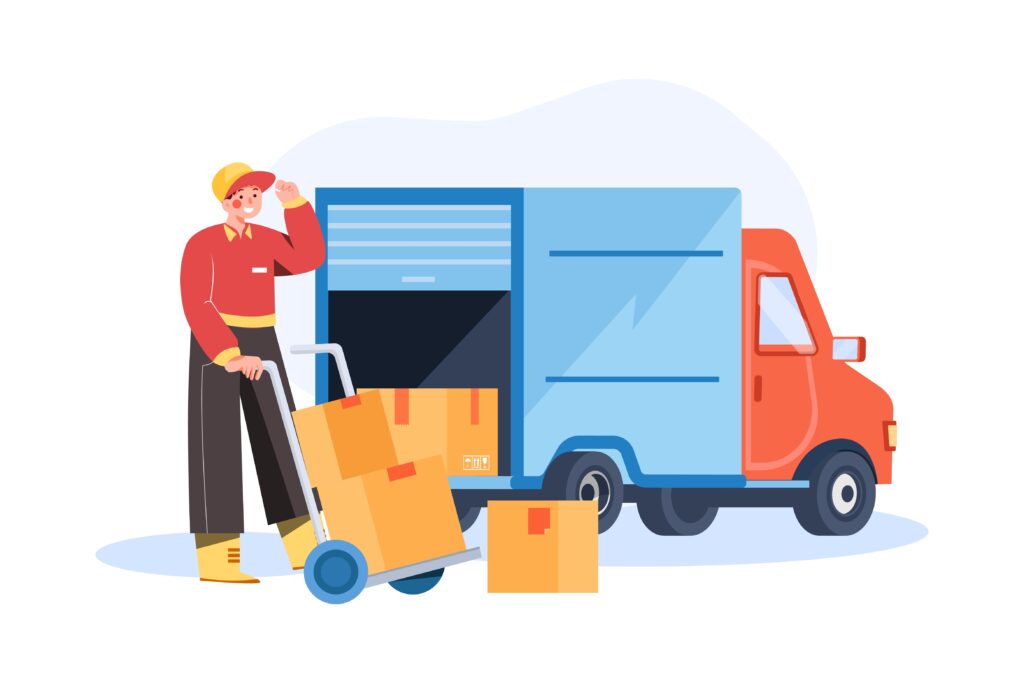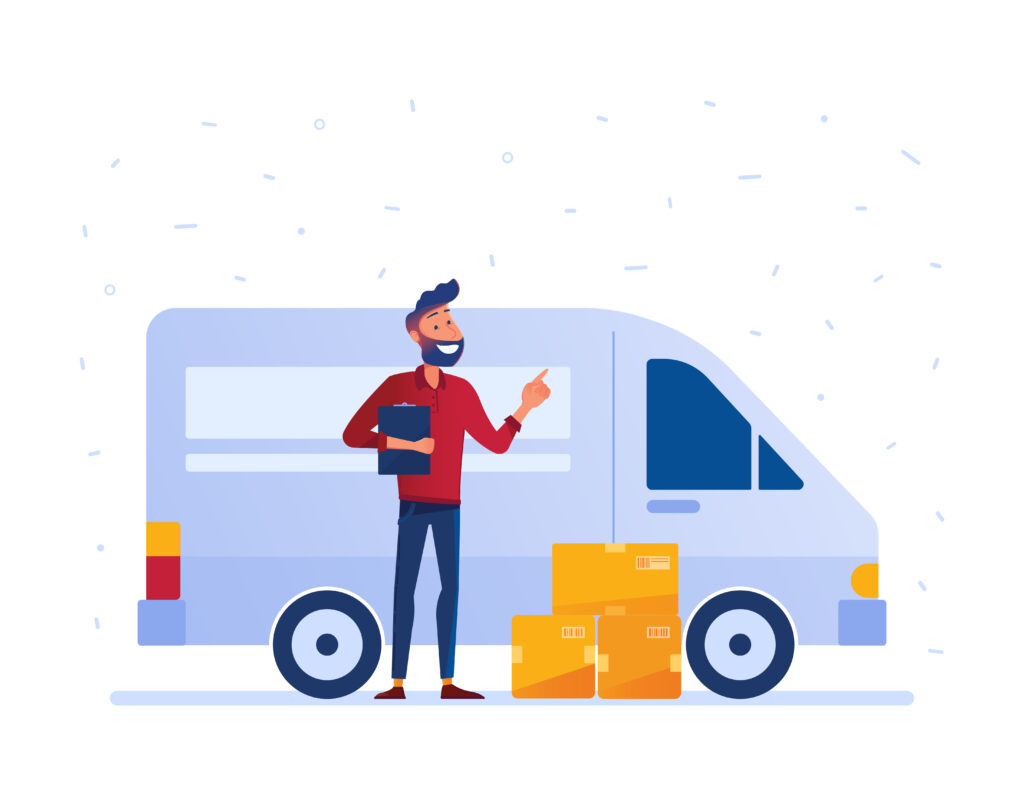Last-mile delivery is the last stage in providing the package to the customer. However, this last stage can also be one of the most costly options for businesses.
This brings us to the question of is last-mile delivery profitable.
We’ll dive into last-mile delivery and answer the question.
Let’s get started.

What is last-mile delivery?
Last mile delivery is a term that relates to the final stage of an item’s journey – from a business to the customer.
The best way to explain last-mile delivery is by looking at food delivery apps, like Uber Eats or Doordash. Their shipping model is all about last-mile delivery. The product is picked up and delivered directly to the customer.
Is last-mile delivery profitable?
Last-mile delivery can be profitable, but the business needs to have an efficient system in place.
An estimation from some companies states the last-mile delivery process can make up 53% of overall shipping costs.
The average cost for last-mile delivery is around 10$ per order. This number could be lower or higher depending on the size of the shipment.
Another study also found that profit will decline by around 26% over 3 years if last-mile delivery isn’t optimized properly.
Last-mile delivery can be profitable, it depends on the costs and how the business can optimize its delivery efforts.
The costs associated with last-mile delivery:
Fuel costs
Fuel costs for delivery vehicles can skyrocket. There are a lot of starts, stops, and idling which ruin fuel efficiency.
Delivery attempts
Delivering packages to a customer when they are home, can be a seamless process. However, when multiple delivery attempts are made it can waste hours and fuel costs.
Delivery routing
Routing needs to be efficient for drivers. A delay in delivery can be a missed package for the customer causing a need for another delivery attempt. Taking a non-efficient route is also going to waste time and fuel costs.
Last-mile delivery is an excellent shipping method. Customers love the quick and easy experience. It just needs to be optimized for success.
Using delivery software, like Breadstack’s fulfillment options can help just that.
Experience a demo here.

Must have’s for last-mile delivery
Here are some must-haves you need to consider.
Optimize drivers routes
Assing routes for drivers automatically doesn’t allow anyone to be at risk for taking a less efficient route. There is even software that calculates this for you.
Track deliveries
It doesn’t necessarily speed up delivery, but notifying drivers or customers of delays is important to avoid any issues that can come up.
Allowing customers to track deliveries gives them real updates on their packages.
Confirm delivery
Customers like to be aware of when a package has been delivered. This keeps the integrity of drivers for dropping off packages.
Drivers can take a photo or receive a signature from the customer for dropping the package off.
Packaging finding
Drivers often have one or more packages with them, for example, UPS and FedEx would have multiple packages in their trucks. If that package isn’t easy to find that’s time wasted for every single package.
Interested in other fast delivery systems? Check our article “How real-time delivery works“.

Examples of last-mile delivery
A lot of big companies are using last-mile delivery, let’s see what companies are doing it right.
UPS
The United Parcel Service is a delivery company that works with a range of businesses, including ecommerce stores.
They’ve continued to be a leader in last-mile delivery, even with the demand for shipping and customer expectations on the rise. UPS utilizes optimized routes, timely delivery and other shipment tracking.
FedEx
FedEx is another delivery company that has continued to thrive in last-mile delivery. They specialize in time-sensitive packages and always strive to be timely.
They’ve continued to take steps to increase their driver’s efficiency to lower costs.
Instacart
Instacart is a popular grocery store delivery app. Customers can place an order through Instacart and receive their grocery products within 2 hours.
They’ve created an efficient last-mile delivery system that allows them to have exceptional delivery times compared to their competitors.

